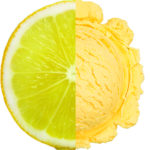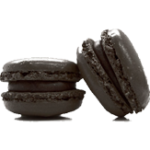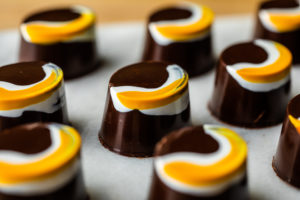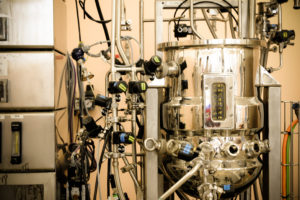Colors are used for a variety of different reasons – from fun and playful trends to maintaining a consistent product. Food and beverage manufacturers have their own reasons for adding in colors, but below are some of the most common:
Show a flavor

You’ve almost certainly heard the phrase ‘we eat with our eyes’. It’s true – the top reason colors are used in the food and beverage industry is to show what flavor something is and making it visually enticing to a consumer.
We associate different colors with different flavors – yellow for lemon, orange for, well, orange, and red for cherry, for example. Since added flavors don’t have colors, confections and beverages are typically clear without the use of color, making it unappetizing and difficult for the consumer to determine what the flavor is.
Start a trend

Another common reason colors are used is for trends. Rainbow bagels don’t taste like rainbows, and black ice cream isn’t charcoal flavored, but they are fun to look and provide a picture-worthy eating experience.
Adding colors, especially natural ones, is not always functional but can be an easy way for manufacturers to get creative and give consumers an enjoyable eating experience.
Ensure Batch–to–batch Consistency

Some products are based on agricultural sources, which can vary in flavor and color from harvest to harvest. This is particularly true of juices, jams, and fillings.
To avoid giving consumers an inconsistent experience and possibly raising questions over their quality, manufacturers may add color to even out variations caused by the crops. This way, the consumer gets the same product each time they purchase.
Replace Color Lost During processing

In order to make foods and beverages safe for consumption – throughout manufacturing, to shipping, to store shelf, to consumers’ homes – they are typically put through heat treatments, such as pasteurization, to kill any microbes that could be harmful to consumers. Just about any product – from canned or jarred goods to juices and milks – undergo some type of pasteurization.
While this is great news for food safety and shelf life, these heat treatments can often degrade the inherent color of a product.
To counter this, manufacturers will often add color to bolster the inherent color of their product so the finished good retains a nice, vibrant color. Otherwise, many products would appear dull or even grey – not the most appetizing shades for food.
Regardless of the reason they are being used, food colors play an important role to both the production of foods and beverages by manufacturers and the consumer experience.






